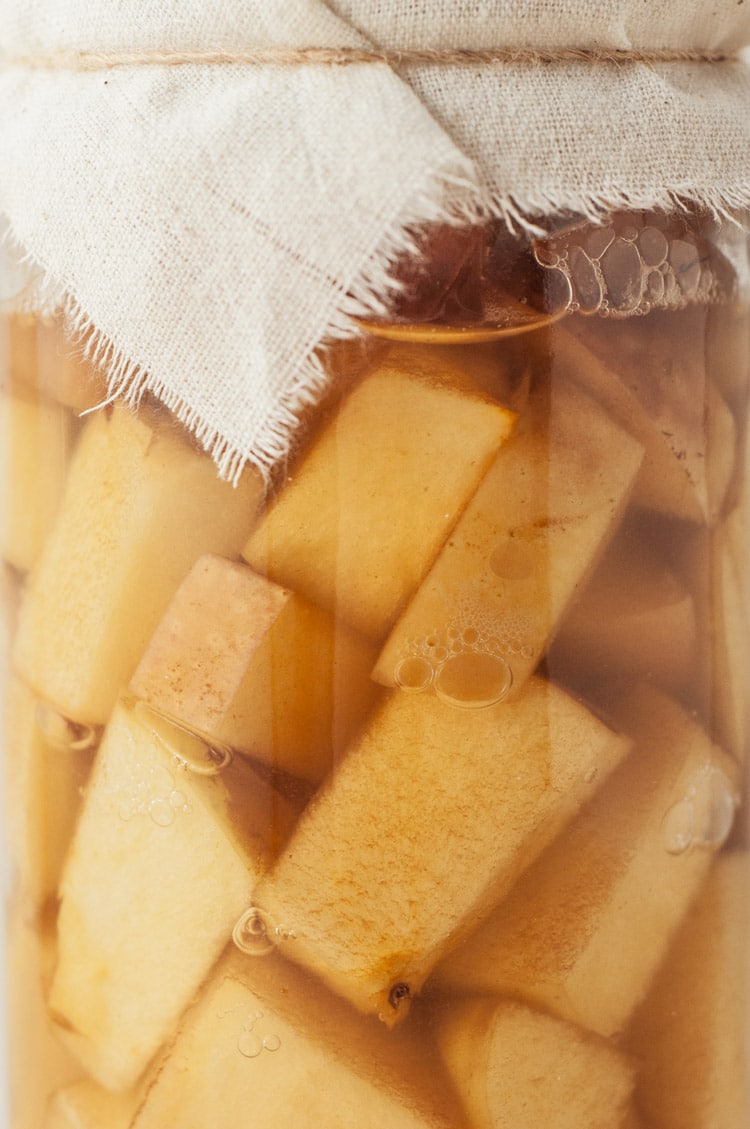How to Make Apple Cider Vinegar: An Easy Step-by-Step Guide
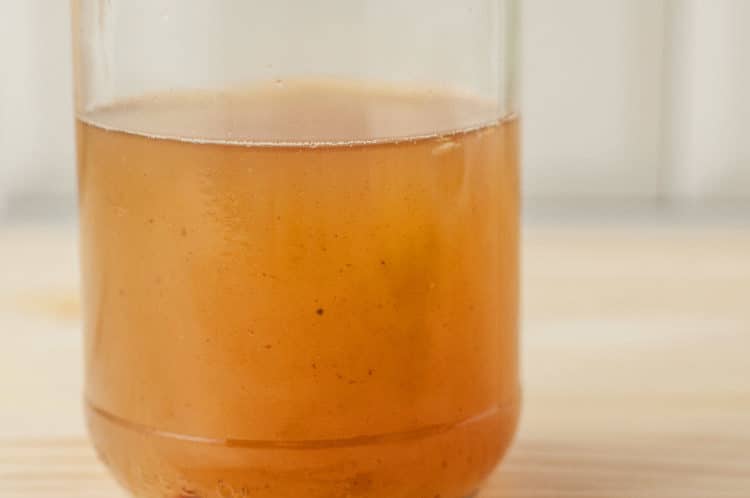
I’m sure you’ve heard about the health benefits of apple cider vinegar. This stuff is like liquid gold when it comes to maintaining a healthy system! It’s been shown to reduce blood pressure, assist in weight loss, and improve heart health. It’s become our go-to vinegar for marinades, salad dressings, and detox drinks, but we wanted to go one step further – we wanted to learn how to make apple cider vinegar at home.
 OUR LATEST VIDEOS
OUR LATEST VIDEOS As it turns out, it’s easier than we thought! It only takes three ingredients and some attention to detail. We walk you through how to make apple cider vinegar step-by-step, so all you have to do is follow along! Just remember that since this is a fermented recipe, it’s really important to follow all of the steps exactly as they’re written (especially the sanitizing steps).
If you’re worried about using sugar in this recipe, we understand, but please don’t make any substitutions. This process creates a vinegar “mother” – the beneficial bacteria that’s created during the fermentation process. The sugar feeds the bacteria, but most of it will be broken down and fermented out through the process. Using honey or other alternative sugars can cause problems with the finished product.
How To Make Apple Cider Vinegar at Home
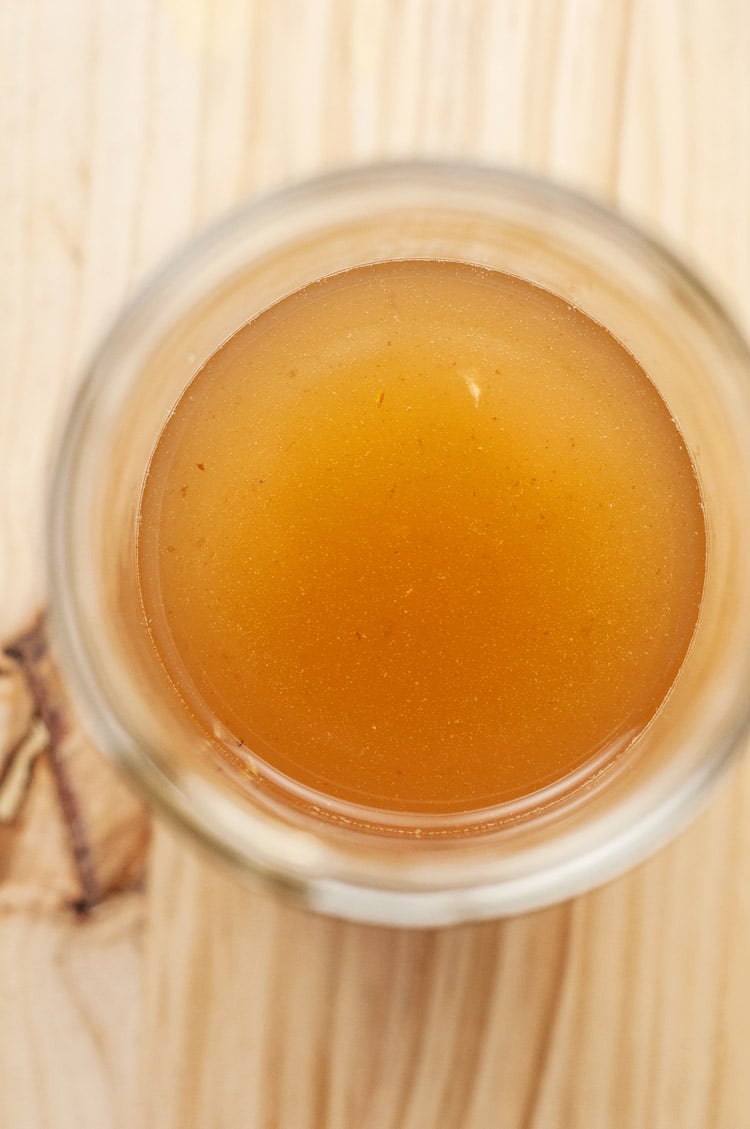
Ingredients:
3 small apples, chopped with the peels and cores
3 teaspoons unrefined raw sugar
1 cup water, more as needed
Step One:
Sterilize a large wide mouth jar, such as a mason jar. This can be done by washing the jar well, then submerging the jar in a large pot. Bring the pot of water with the jar to a boil, and boil for 5 minutes. Using tongs, remove the jar and place it upside down on a clean towel to dry and cool before using.
Step Two:
Chop 3 small apples, including the core, seeds, and peels and place in the jar.
Pro Tip: You can also save the cores and peels of 6 small apples which were used to make applesauce or another recipe. Simply place the peels and cores of apples into a ziploc bag and refrigerate them until you’re ready to use. Just make sure that you don’t save them for over one week.
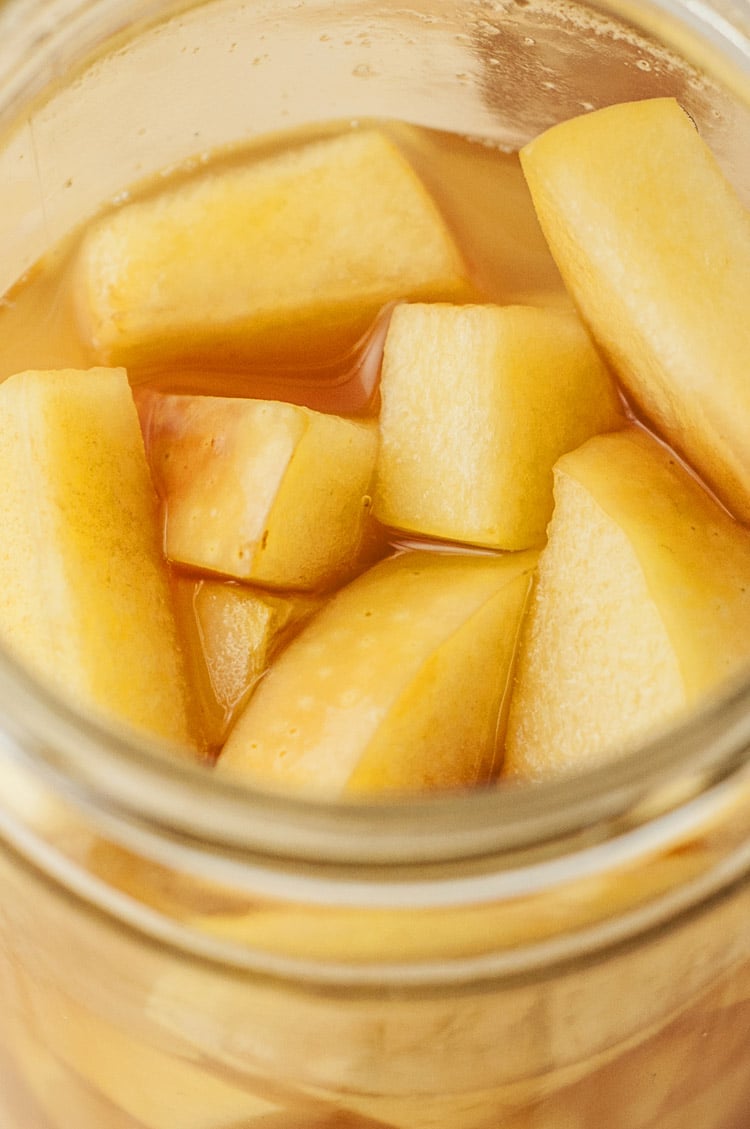
Step Three:
Combine 3 teaspoons of unrefined raw sugar and 1 cup of room temperature water in a small bowl. Honey is not recommend as it does not work as well. This sugar is the food for the fermenting process and “creates the magic” so to speak!
Mix the water and sugar well until the sugar is dissolved. Pour the mixture over the apples. The apples should be completely covered and submerged by water. If not, you can add more water.
If the apples continue to float, weigh them down by covering them with a plastic-wrapped heavy jar or cup to prevent the. You can also use a small plate or cup – really, any object small enough to fit into the jar and keep the apples submerged will work, just make sure everything is clean and sterilized!
Step Four:
Place a large piece of paper towel or cheese cloth over the mouth of the jar and secure the cloth to the jar. Cover the opening with a rubber band. This will allow the vinegar to “breathe” and receive the oxygen it needs to ferment while preventing any outside gunk from getting inside the jar.
Step Five:
Place the covered jar in a warm, dark place for 2 to 3 weeks. As time passes, you will see bubbles in the liquid – this is good! It means the fermenting process has begun. You may also see a white froth or foam at the top of the liquid. This will help turn the water and apples into vinegar later. If the froth is any other color (such as green, blue, grey, or black), this means the vinegar is spoiled and needs to be discarded.
It often happens that there are mold spores or bacteria on the apple itself. This can be prevented by washing your apples before making the vinegar or any other recipe. As the mixture contains sugar, I would not recommend discarding the mixture in a compost pile.
Step Six:
Remove the apple pieces from the jar by straining the mixture over a large bowl. Return the liquid to the same jar and cover it with the same paper towel (or cheese cloth) to the top. Secure the opening with a rubber band.
Step Seven:
Return the jar to the same warm, dark place for 4 to 6 weeks. Using a plastic or wooden spoon, stir the vinegar every two days, or so. The vinegar does not need to be stirred every day, and if you forgot to stir the vinegar sometimes, that’s ok! Just be sure to stir when you do remember.
Pro Tip: Place the jar in a place you see every day. This will help you remember to stir the vinegar!
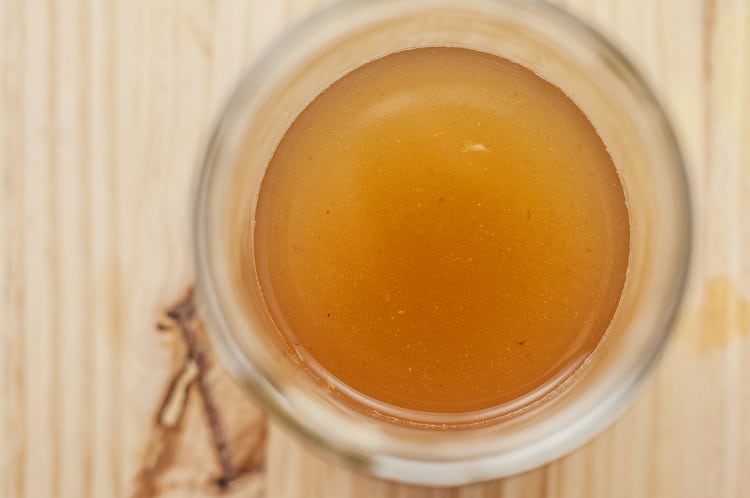
Step Eight:
After 4 weeks, your vinegar is ready to use! Taste the vinegar. If it is not acidic enough for your preference, you can cover it and continue the fermenting process until the desired acidity is reached.
Step Nine:
When you’re ready, transfer the vinegar to a jar or bottle with a lid. Store the vinegar in your pantry or cupboard indefinitely! Use the vinegar in your favorite SkinnyMs. recipes, household cleaning, or skin care routine.
Looking for ways to use your homemade apple cider vinegar? Follow us on Facebook or Pinterest for some of our favorite vinegar-based recipes. From smoothies to detox drinks, salad dressings to marinades, we have something for everyone!
















